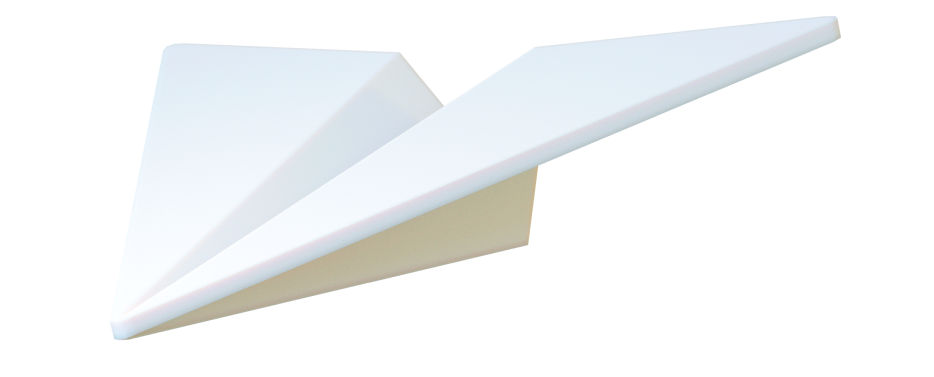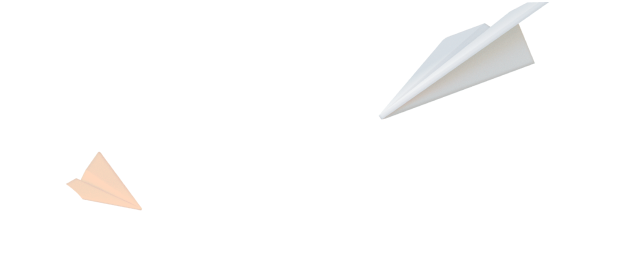Unlocking Startup Success: 2W(WH)RR Formula | Mobio Group
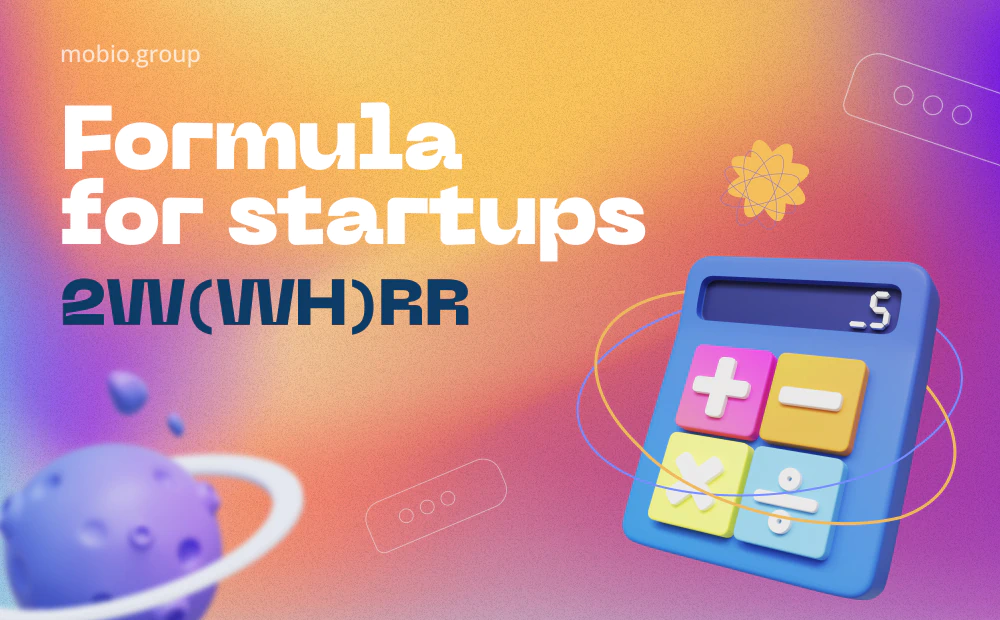
Formulas are an interesting thing. In a few signs the whole essence is encrypted. And our feelings, even subconscious feelings. H2O is water, molecule, ocean, chemistry. Right?
E=mc2 — physics, Einstein, something clever and related to energy. One has a lot of associations with C2H5OH, another will understand “CPI/CPA conversion”, the third will not be intimidated by the phrase “do it in F#m”. So, formulas are an interesting thing, which you should use to your advantage.
In our work we often come across startups that are completely confused after reading articles on how to promote their application. It is clear that developers and businessmen have their own formulas in their heads and it is hard for them to wade through all those “TA segmentation, CTC and LTV, conversion at the top of the funnel” and lots of other obscure words. It’s natural, everyone has to mind their own business. But marketing and promotion also need to be monitored, and at least be aware of what is going on, even if you entrust the advertising to an agency. That is why we have developed a promotion formula to help startups, a miracle cure-all for aspiring business magicians. Let’s break it down together in simple words.
W. (What)
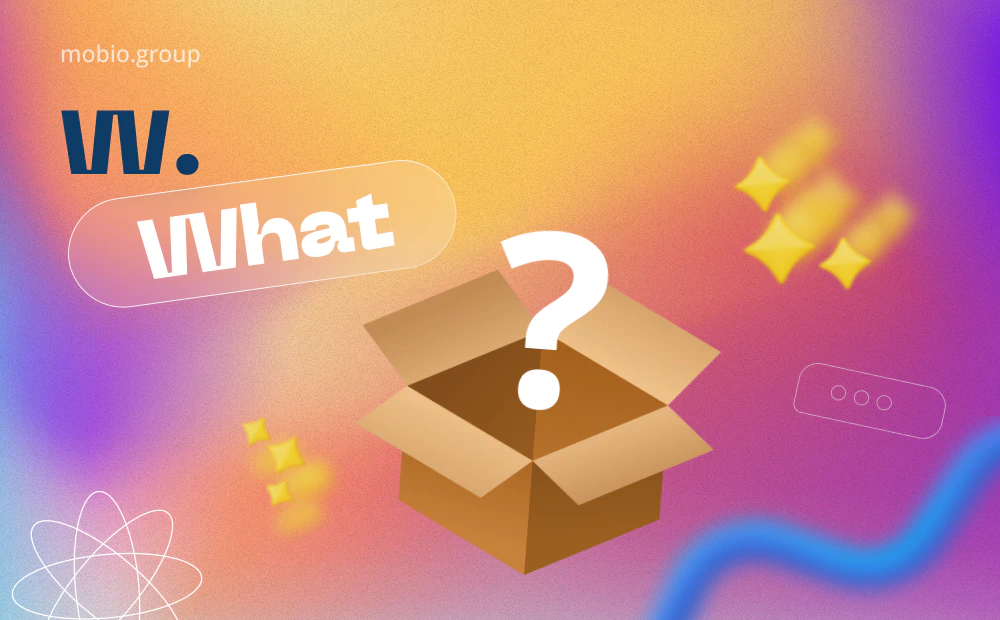
What kind of product we want to deliver.
That is, it is clear that we already have an idea or an application, and we clearly understand what we are going to promote. The question is in which way we are going to do it. We have to decide if our product is narrowly tailored or not.
The entire advertising strategy will be based on this. If we are promoting, for example, a sleep fan app that produces white noise for easy falling asleep (there are some that have over a million downloads at the top), this is one advertising tactic. It is completely different if our product needs to be promoted in a very wide competitive field, where there are enough offers without us (games, e-commerce, delivery, etc.). In this case we concentrate and determine the unique features of the product — food delivery in super creative boxes, meme-based game character, credit in 5 minutes, and so on. In general, we outline the point from which we will start, and lay down a vector for the direction of promotion.
W. (Who)

We look around. We see as many as two “Who” — future users and competitors. First we figure out the audience — who will be interested in our app. We do some columns — by age (teenagers, old ladies and gentlemen), by interest (sportsmen, nursing mothers), by geolocation (we will not sell sand in the desert). The narrower we break down the audience according to different characteristics, the clearer it is about what kind of advertisements we will do, where we will place them, and how. You can already take a calculator and begin to calculate approximately what it will cost us and how much profit it can bring.
Evaluate the second “Who” — the competitors. We study the brands. This is not cheating, but the adoption of experience. Look at the market and related industries (maybe there are new directions) and remember that brands, due to their scale, sometimes slow down at turns, while startups are much more agile and easier to adjust to new trends.
W. (Where)
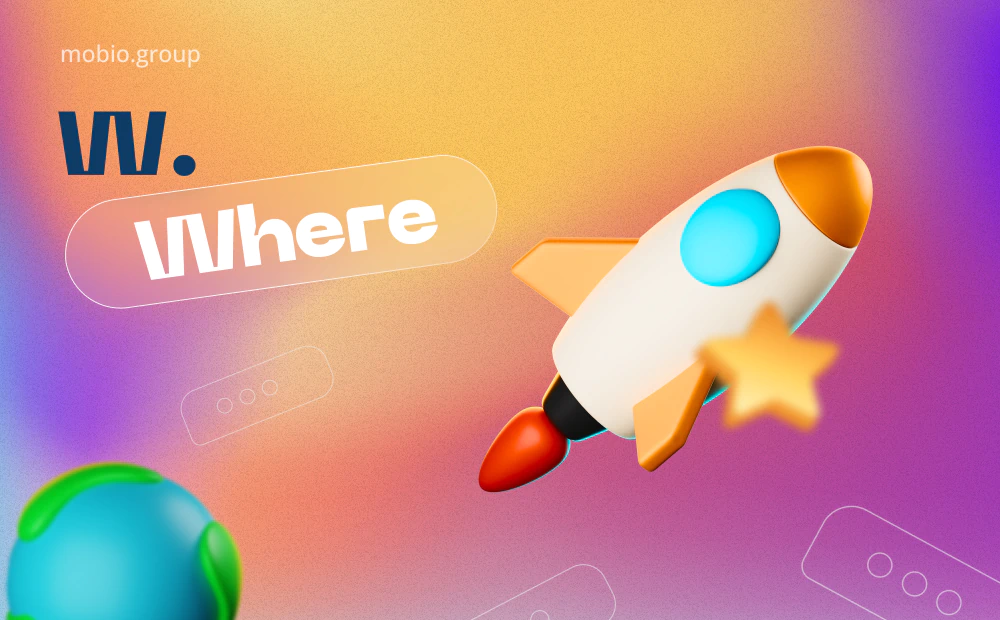
Choose advertising platforms where our ads will be shown.
Match our budget for promotion and our dreams. To be in the top 10 of search engines — it’s certainly cool, but we should not dwell on it. There are a lot of traffic channels, we just need to analyze what suits our application — for example, why spend money on promoting an app that emphasizes the importance of measuring blood pressure in older adults on the youth TikTok. And yes, testing our assumptions about where we’ll gather the most interested users. We trust not only our intuition, but also our numbers. And numbers are our everything at this stage. We count not only the number of our users, but also the cost of engagement. The cost of displaying our advertisement, clicking on it, and downloading the application. Find the balance and the golden mean between what and where works effectively within our budget.
Departure: do not be alarmed, imagining a picture of a starter buried in papers with calculations. For every marketing move, there is already an automatic program for analyzing and calculating, which will give all the figures you need (of course, agencies use paid programs, quality and accuracy is higher than free). Advertising sites also help as much as they can. Their systems with self-learning algorithms to find suitable users and show them the ads that are more likely to fit. You just need to take your time, and give the algorithms time to learn (well, it’s like that everywhere).
So, we are back to the sites. The SDK-code is embedded in the application (without it we have no way to find out exactly from what source users come and what they actually do in our application), we analyse and self-train on the selected sites. And what, we sit back and wait for the money we invested in advertising to bring us customers? Well, yes, we wait and hope and believe. And we sit. Actively sitting on social networks and feedback with users. Responding to all comments, cleaning up bugs, maintaining blogs and our own pages, hanging out in communities, writing comments on appropriate forums, carefully embedding their ads. We may try to make some noise — what if it’s successful and will go to people. In principle, our third W (where) should always be considered in conjunction with the next symbol of the formula H (how).
H. (how)

Here we start with “Good clothes open all doors,” gather all your creativity (and a little bit of someone else’s) and fountain ideas. The bigger the fountain, the better. There should be plenty of ideas for different user groups and channels. We even consider the wildest hypotheses — we are sitting on the Internet and we know how we are led to something unusual, funny or frankly ridiculous.
Generally speaking, the starting point for the creation of ideas can be considered as ASO, when we select keywords for the search of our application in storerooms (this is the collection of the semantic core) and prepare icons. And we make good and attractive screenshots. As they say one good picture is worth an entire promotional article.
What type of advertising to choose.
Banner or video? Native or intermediate? Or an interactive banner? How about a rewarding ad or a game ad? Restrain your appetite and check the budget. Posh reel with showbiz stars we can not afford? Do not get upset, and try different combinations within the budget, looking for the best combination. And since we do not want to rely on guessing, we set aside a part of the budget for testing hypotheses — something will work worse than planned, we will disable or change.
But the apps have one big bonus — they are very successful in advertising other apps, so to speak, in their natural environment. We make sure, once again, that we advertise in-app networks. Choose a category of competitor applications, which already have their own user base, and run your super-hyper-mega enticing ads to them, pulling the ready and 100% engaged audience towards you. True, we’ll also need to monetize ourselves (we’re not altruistic) and let someone else’s ads into our app. In that case, we have the next symbol in the formula to roar at the competition — RR.
RR. (Retention-Return)
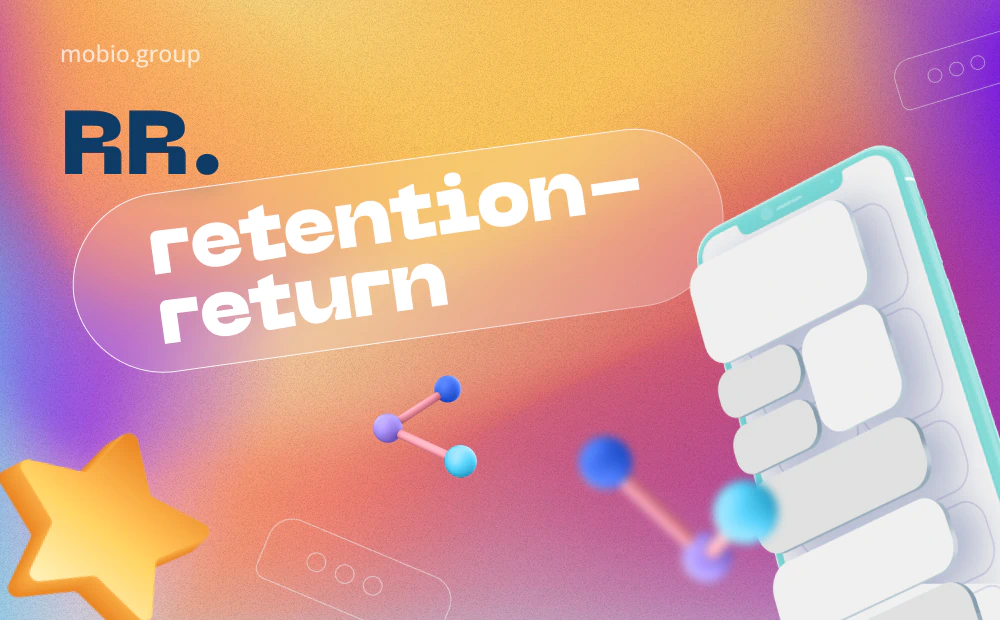
Retention and return. Creating again. Basically, when we release an app, we will be constantly searching for ideas, new suggestions in advertising, analyzing the current moment and predicting the future. So we remember that we are not altruists, and that returned or retained users are much cheaper for the budget than new ones. So we keep a client with push-reminders, announcements of promotions, bonuses, discounts, new features, new theme visuals for holidays, lotteries, prize drawings, and whatever else we can bring to life.
So, this is the mini-plan we have got with the help of formula 2W(WH)RR. We are giving it to you. You can supplement it with your ideas, because we have told you only the basics. The problem is not that we don’t want to share our knowledge, but that nobody reads long articles.
However, if you have finished reading them, it means that you really need it. Write to us newbiz@mobiogroup.com, and we’ll tell you personally about the special conditions for startups in our Growth Program.
